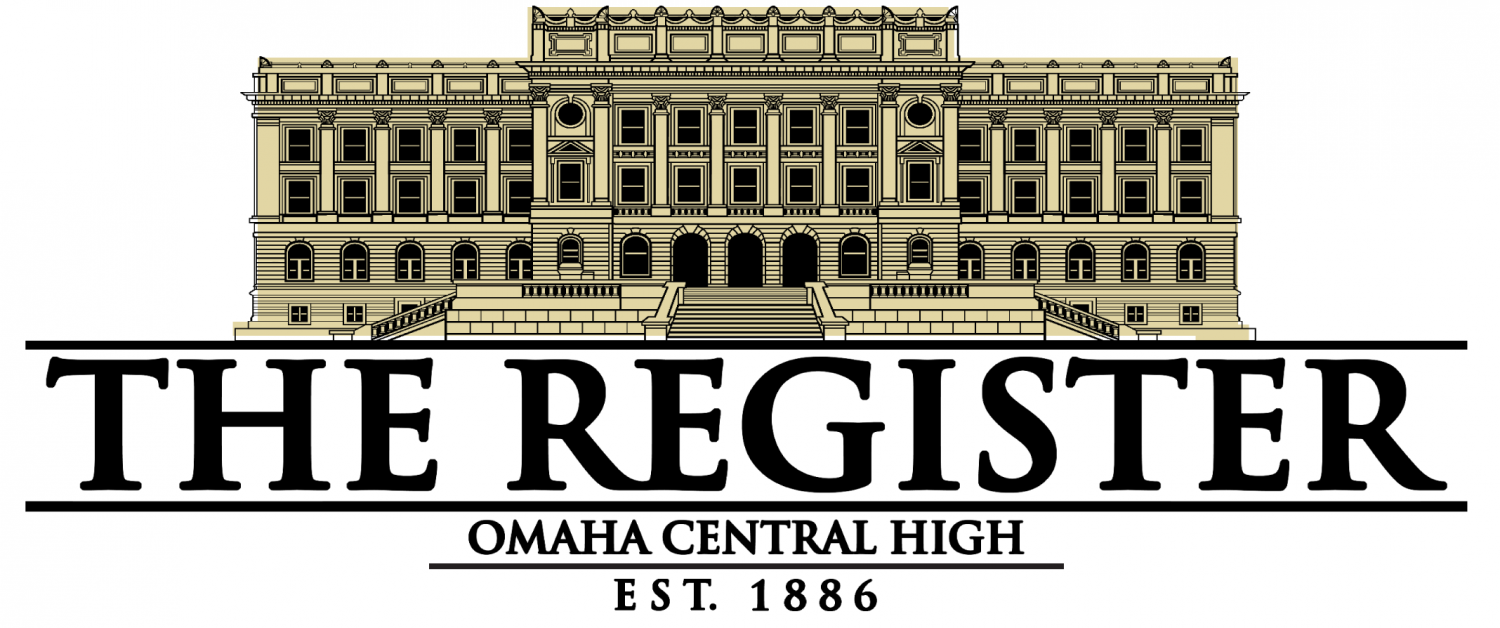Sharing graphic police footage isn’t the activism you think it is
May 7, 2021
Beginning the summer of 2020, a national conversation about police brutality began. More than ever, timelines were filled with videos of graphic abuse of power and murder by police. The focus of most of those videos were black bodies.
The spark of outrage the summer of 2020 was the murder of George Floyd, caught on camera and uploaded for millions to see. Derek Chauvin, the police officer who kneeled of Floyd’s neck for nine minutes, has recently been convicted of murder in court which he is now repealing.
After Floyd’s death, videos of police brutality on black bodies were being uploaded to social media constantly as shock value, intending to spark outrage and horrify the public. Many have since criticized the trend in videos, claiming that police brutality against black people is being consumed as trauma porn by nonblack audiences, specifically white people, and that violence against people of color is being desensitized.
These two issues are important and true, but one aspect of the effects of current activism culture on social media has not been talked about. Truthfully, sharing violent videos of abuse of power by police officers does more harm than good.
Non black sharers of these horrific videos fail to realize that it is extremely traumatizing to the black community to constantly watch black people die on video every time they go on the internet. As if consistently reading about atrocities committed against people that look like them wasn’t traumatizing enough, watching people being murdered on screen day in and out is deeply terrifying.
This emotional distress is something black people have been experiencing for over a year now, and sharing graphic images and videos with people who look like them with no warning is only making it worse.
I too was ignorant of the harm these videos were doing until I experienced being able to relate to a victim myself. The day I learned of the shooting of 13 year old Adam Toledo in Chicago was a hard day. I remember watching him being killed on video, and then suddenly crying, because I could see my own brother in that 13 year old Hispanic kid.
I felt a sharp rush of fear go through me just thinking about that happening to my own brother. I felt deep empathy because I could visually relate to him, and I got very still thinking about a police officer not being able to see my brother as a child.
That video still rocks me to my core, because I see my own family in that kid. If that could happen to a little boy in Chicago, could that happen to my family? That is a deeply traumatic thought, and it’s one white people don’t have to grapple with when they watch violent videos of police brutality.
That’s why so many white people post videos and articles with no trigger warnings, and why they post them on their social media’s at all, because while they find it sad, they can’t see themselves in the victims. They experience those videos with a different type of sadness and empathy.
For these reasons, I don’t think people should be posting such videos on their social media’s anymore. If they must, people should definitely post trigger warnings before the images. Body cam footage can still be released to the public, but people of color, especially black people, should not be forcefully subjected to them without their consent.
Sharing videos, like that of George Floyd, has its purpose and can cause positive change. But the constant exposure to such videos constantly for shock value is both dehumanizing and traumatizing for people of color. If someone wants to watch body cam footage of a fatality, they are welcome to search for it. But everyone should stop posting graphic violence, especially without warnings before, to their personal accounts. Word depictions are more than enough.
